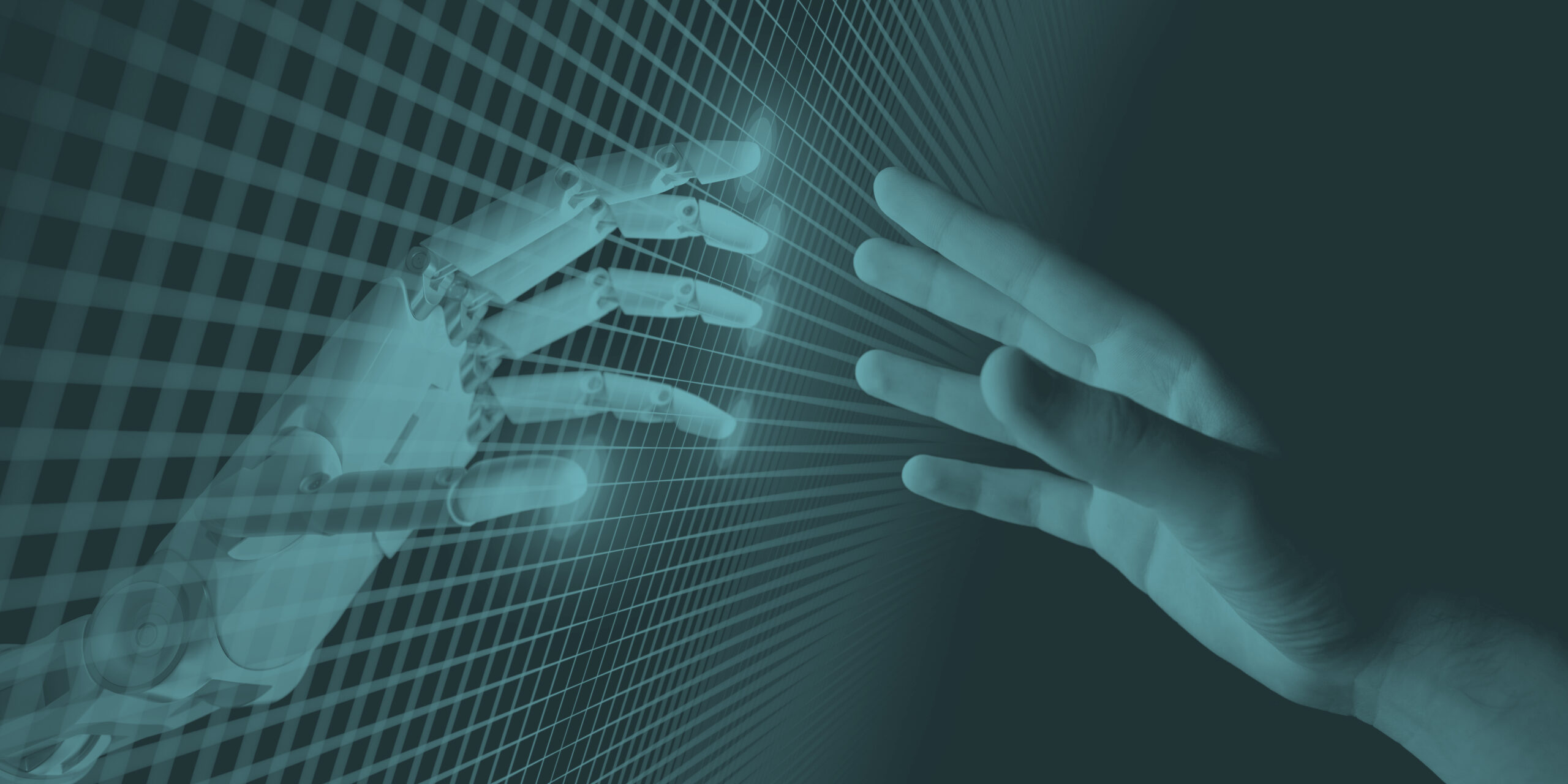News & Events
AI developments in healthcare. From models to application
9 - January

One who controls data, controls AI development?
Traditionally, nearly any organization can develop software ready for production and bring it to the market successfully, especially if it meets the needs of medical service providers. For medical devices, following quality standards such as ISO13485 ensures that the software will be safe to use and it works as planned. However, when it comes to AI applications, the game changes drastically.
First, acquiring a large amount of high-quality training data becomes crucial. Challenges arise in obtaining data that are diverse, reliable, and of high quality, which might not be apparent to those not deeply involved in developing ML/AI models. Additionally, raw data often isn’t sufficient; enriching it with annotations or segmentations becomes necessary. For example, training an AI model to spot tumors in X-ray images often demands manually marking images where tumors exist. Other training strategies are also possible, but even they typically involve manual guidance or a substantial amount of data. Another example is lab results, which are usually not enough by themselves; it is important to link them to patient outcomes, such as complications or recovery. However, obtaining complete data, especially when there’s a considerable time gap between data collection and endpoint events, can be challenging within a single hospital’s dataset.
Furthermore, validation is needed. If training data originates from different patient populations or is formatted differently, healthcare providers must ensure that AI model predictions remain valid and useful in their standard practice. This often requires validation tests. While an ideal solution might involve using international multicenter training data, accessing and using data from multiple hospitals across different countries proves even more challenging than obtaining data from a single hospital. It demands significant resources to navigate different processes for data permits and contracts for access.
From AI model to application
Transitioning from an AI model to its practical application often involves an underestimated amount of work. It’s not just about training a mathematical model to generate predictions; it’s about integrating this model into an IT application that enables the utilization of these predictions or links them to other systems. If IT development needs to be started from scratch every time, the investment often becomes too costly to yield returns, such as saved working hours or improved quality of healthcare, in a reasonable timeframe.
One solution is to utilize generic platforms that come equipped with pre-built integrations to necessary systems like hospital data repositories and EHR systems. These platforms allow for hosting new models with minimal IT development, reducing the burden significantly. This is one of the key motivations behind our AICCELERATE project: we want to create a generic platform or architecture capable of hosting various AI applications, supporting both clinical care and hospital logistics.
AI application as a medical device
AI applications that function as medical devices offer great promise in enhancing healthcare quality and efficiency, notably in diagnostic imaging. These AI-powered imaging tools can help radiologists identify and diagnose various medical conditions like cancer, stroke, and heart disease by analyzing medical images. By discerning patterns and anomalies that might be missed by human interpretation alone, these algorithms enable earlier and more accurate diagnoses, ultimately enhancing patient outcomes through faster and more effective treatment. Moreover, AI-powered imaging devices alleviate the workload of healthcare providers, freeing them to focus on other tasks that require human expertise. This shift can enhance overall healthcare system efficiency and potentially reduce costs.
However, despite their potential, AI applications as medical devices face challenges. One key challenge involves rigorous testing and regulation to ensure these devices are both safe and effective. Additionally, there is a need for ongoing training and development to maintain the accuracy and relevance of AI algorithms. Despite these hurdles, the potential advantages of integrating AI applications into medical devices, particularly in the realm of diagnostic imaging, remain significant.
Veera Itälinna
AICCELERATE Lead data analyst
HUS Helsinki University Hospital, Finland
Miika Leminen
Managing coordinator of AICCELERATE project
Head of AI and Analytics Unit in HUS Helsinki University Hospital, Finland
Similar Posts
 Attitudes Towards the Adoption of Remote Patient Monitoring and Artificial...
Attitudes Towards the Adoption of Remote Patient Monitoring and Artificial...
 Early detection of the advanced stages of Parkinson’s Disease
Early detection of the advanced stages of Parkinson’s Disease

